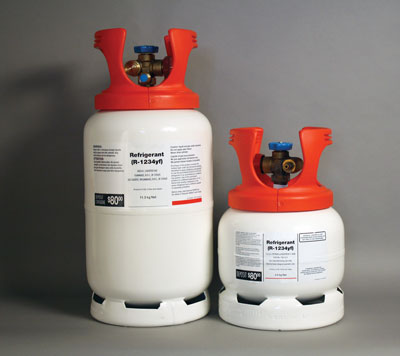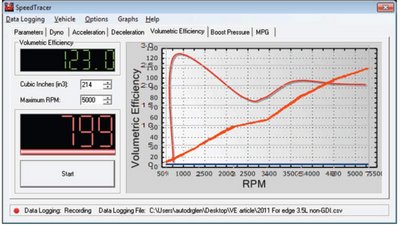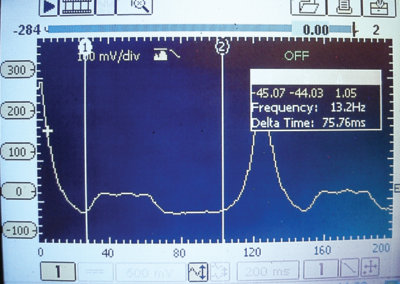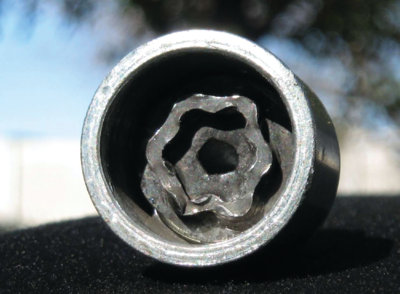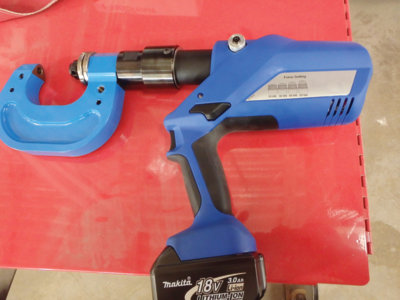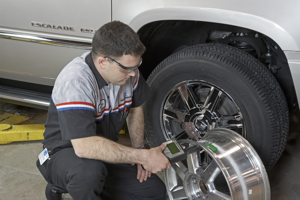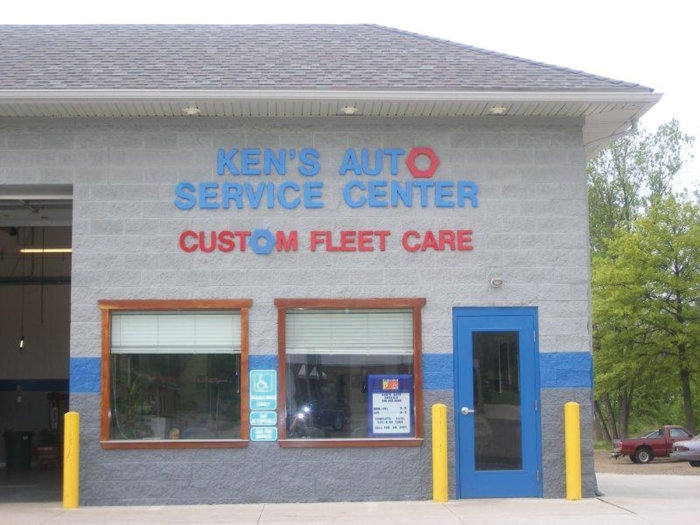Earning the Title of ‘My Mechanic’
Over the last few weeks, I have had the opportunity to sit in on some focus groups with repair shop owners and managers, and some with service customers. The way focus groups work is you have about 10 people sitting around a table with a moderator who leads a discussion about a series of topics. Meanwhile, the company or organization that coordinated the project sits in another room behind a glass wall, observes the discussion and take notes on what is said.
The topic of discussion for these particular groups was about the relationship between the service provider and the customer. The customers talked about their experiences when the shop employee tells them that more work is needed than originally thought. You know the situation – when you’re asked to perform an inspection and actually find conditions that warrant additional service work. So what do your customers do in this situation? Do they say “go ahead” and start writing the check? Do they call their father, brother, sister-in-law, aunt’s cousin … to get some advice? Do they say “no” and take it to another shop for a second opinion?
I think if you’re being honest, the answer is probably all of the above. Many of the customers in the group were quite proud of the fact that they could take a problem to “my mechanic” (consumers have not started using the term technician yet). They feel that their “mechanic” can be trusted to tell them the truth about the service they need. This is great news and very encouraging for the reputation of our industry. But there is a Catch-22 going on here.
The reason they first got to “my mechanic” was because they were at another shop that was trying to sell them additional repairs. So they took their vehicle to another shop (usually based on a referral from a friend or family), the shop that became their “mechanic.” This new shop tells them that they don’t need the additional repairs and wins the new customers’ trust.
The good news is that there is a nice, new, trusting relationship that’s been established. The bad news is that the reputation of another shop has been trashed. Sometimes justifiably trashed, but other times not. The first shop told the customer the belts need to be replaced and the second shop tells the customer he can probably go another few months before the work needs to be done. The car owner’s checkbook breathes a sigh of relief and “my mechanic” is born.
This is a tricky situation and many shops have both gained and lost customers to these circumstances. Our industry suffers from an overall lack of trust because the customer doesn’t have enough information and knowledge to feel confident about many of the repairs that are being recommended. One of your many jobs is to educate your customers and try your best to clearly explain why the work is needed. If you don’t do it, the customer will try the shop down the street and, hopefully for all of us, that shop will give the same service recommendation.
For you to keep the title of “my mechanic,” it’s all about good communication.


